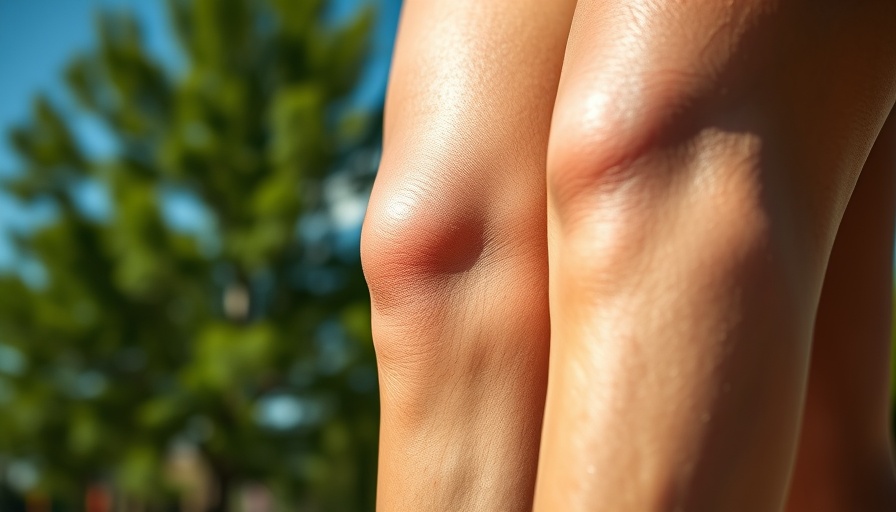
Understanding Cellulite: What It Is and Why It Matters
Cellulite, that dimpled skin many of us have seen, is not a medical condition but rather a cosmetic concern. Formed by pockets of fat pushing through connective tissues just beneath the skin, it commonly appears on the thighs, buttocks, abdomen, and even breasts. While it often makes individuals self-conscious, especially in summer attire, it's vital to understand that both men and women can experience this skin texture issue, with women being disproportionately affected due to differences in fat distribution and connective tissue structure.
Causes of Cellulite: The Factors at Play
Several factors contribute to the development of cellulite. Hormonal changes, particularly during puberty or due to hormonal contraceptives, can influence blood circulation and lymphatic drainage, both critical in cellulite formation. Genetics also play a significant role—research suggests that hereditary factors can make one more susceptible; about 85% of women with family histories of cellulite will experience it themselves at some point.
Equally important is lifestyle; stress can lead to an increase in fatty tissues due to elevated hormone levels. Poor dietary choices, such as excessive intake of fast food and alcohol, can hinder the body's ability to eliminate toxins, creating fatty deposits. Furthermore, lack of exercise and prolonged periods of sitting or standing contribute significantly to risk. Even your choice of clothing might play a role—tight elastics can restrict blood flow, possibly leading to the formation of cellulite.
Treatments for Cellulite: Your Options
When it comes to tackling cellulite, several treatment options are available. One of the most recognized is Endermologie, an FDA-approved technique that combines gentle suction with massage to help decrease the appearance of cellulite through increased blood flow and toxin elimination. For those considering a more invasive approach, there’s liposuction and mesotherapy, where substances are injected into the skin to break down fat. However, these procedures can be costly, so consultation with a healthcare professional is advisable before considering them.
If you're hesitant about surgical options, topical treatments such as creams and gels are widely used. These products aim to improve circulation and break down fat pockets, presenting a more accessible alternative.
Taking Charge: Steps Toward Improvement
Despite its prevalence, cellulite can be managed with the right approach. Maintaining a healthy diet rich in whole foods, staying hydrated, and exercising regularly are crucial steps. These habits not only improve overall health but also help minimize the appearance of cellulite by promoting better circulation and reducing fat deposits.
Embrace your body and consider these health tips for everyday life as you work toward a healthy lifestyle change!
 Add Row
Add Row  Add
Add 



Write A Comment